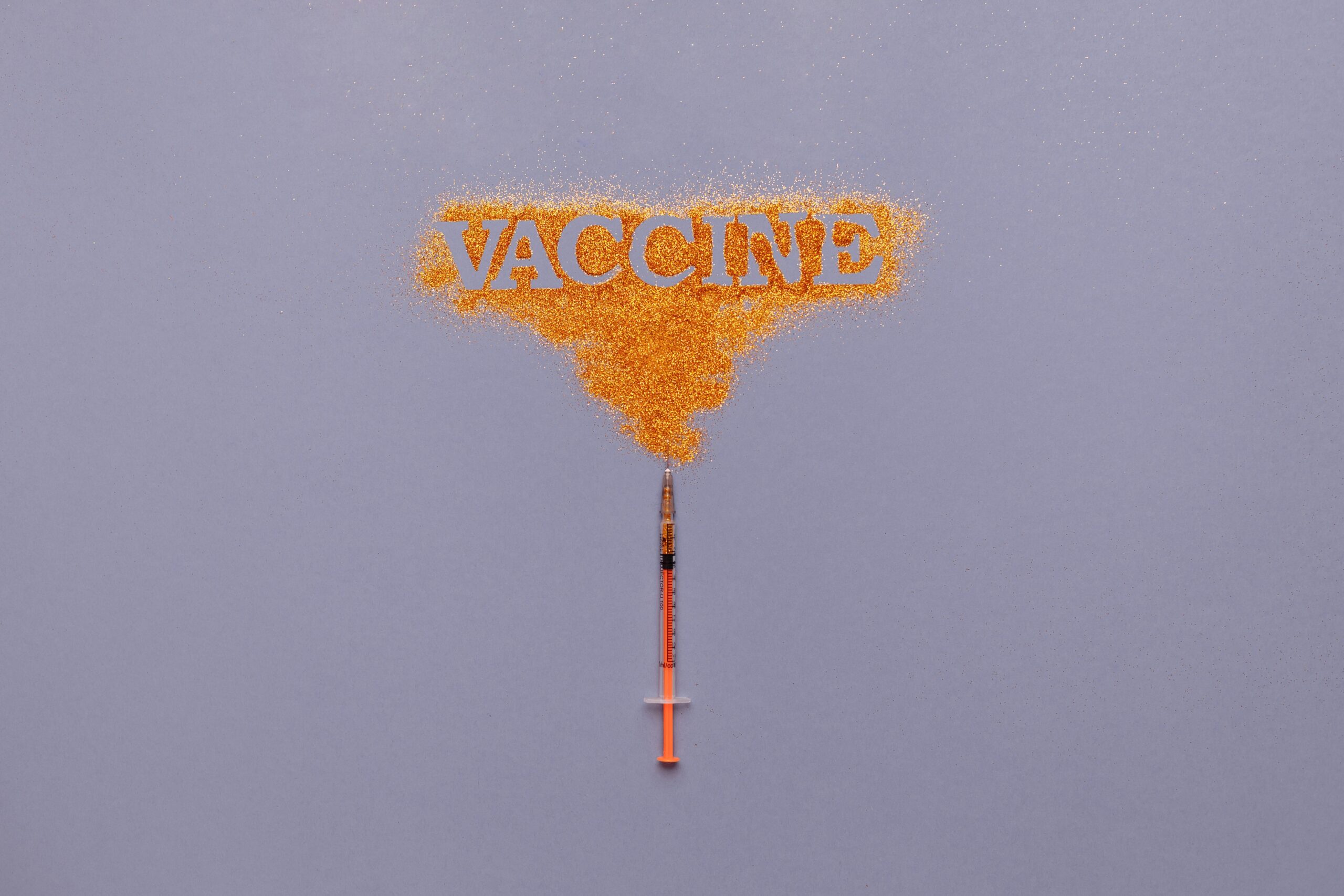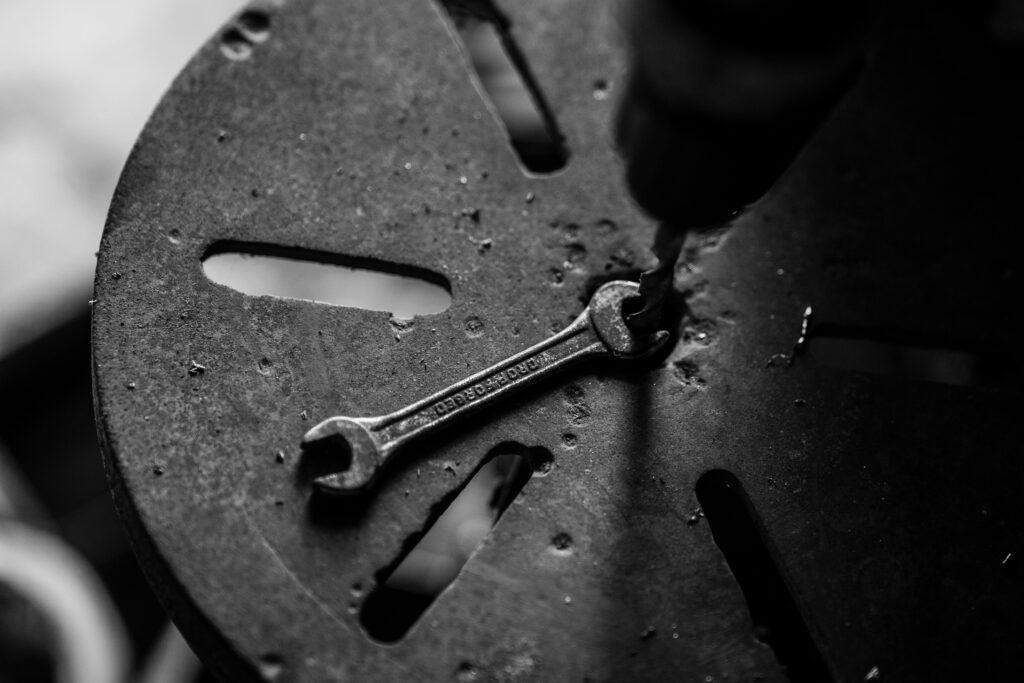Ever wondered how one tiny spill could cost your business millions—not just in clean-up but in damaged reputation? You’re not alone. Spill prevention protocols might sound like dry corporate jargon, but they’re the unsung heroes protecting wallets and waterways alike.
In this post, we’ll break down why spill prevention matters, explore actionable steps to implement it, share a few hard-earned tips (yes, I made some rookie mistakes), and even throw in a rant about how many businesses still think “It won’t happen to me.” Plus, you’ll get answers to FAQs and a quirky little surprise at the end. Ready?
Table of Contents
- Why Spill Prevention Matters
- Step-by-Step Guide to Implement Protocols
- Top Tips for Best Practices
- Real-World Examples That Worked
- Frequently Asked Questions
Key Takeaways
- Spill prevention protocols are essential to avoiding financial and environmental damage.
- Proper planning can reduce risks tied to pollution insurance claims.
- Ignoring these measures may lead to hefty fines and lost consumer trust.
Why Spill Prevention Protocols Matter
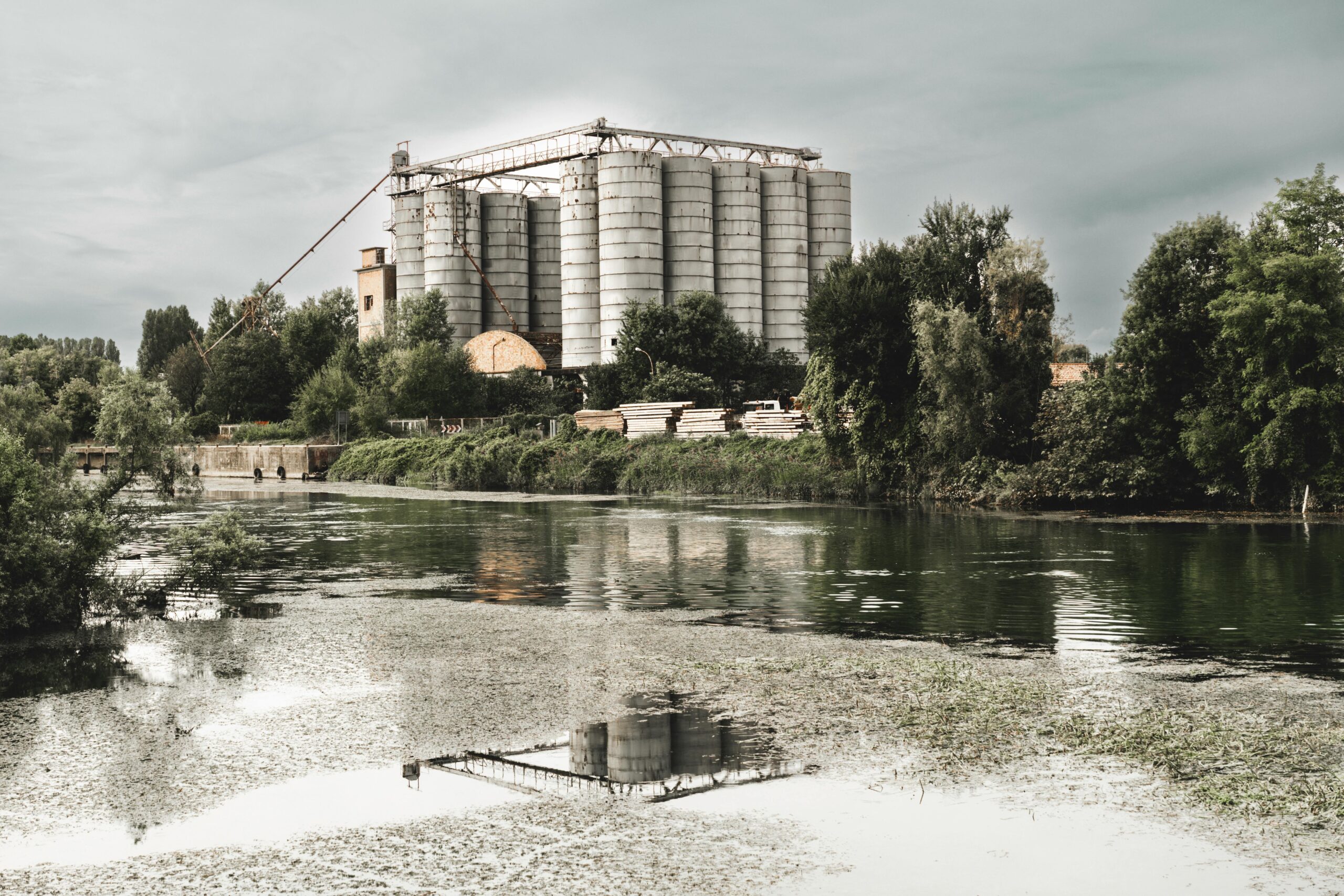
Let’s cut to the chase: spills aren’t just an inconvenience—they’re disasters waiting to happen. Did you know that according to the Environmental Protection Agency, over 14,000 oil spills occur annually in the U.S. alone? And guess who foots the bill when things go south? Your pollution insurance—and if you don’t have proper prevention measures, premiums skyrocket faster than you can say “oops.”
The truth is, I once thought spill prevention was overkill. Then came *that* day when my company’s secondary containment system failed during routine maintenance. The result? A $50K cleanup fee and a PR nightmare no amount of coffee could fix. Lesson learned: spill prevention isn’t optional; it’s survival.
“Optimist You:* ‘What’s the worst that could happen?’
Grumpy You:* ‘I’ll tell you what—the EPA knocking on your door, that’s what.'”*
Step-by-Step Guide to Implementing Spill Prevention Protocols
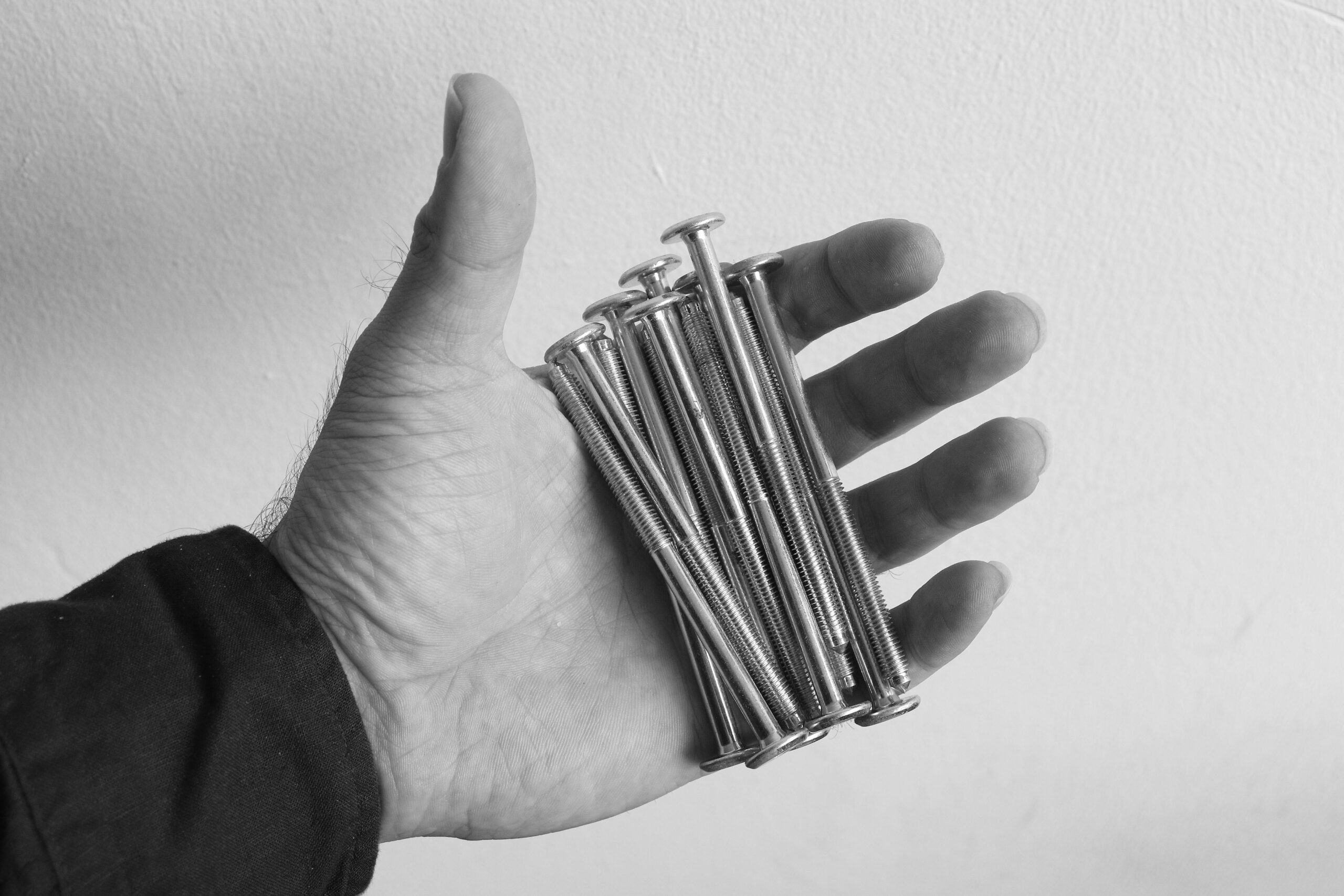
Here’s where things get real. Follow these steps to establish air-tight spill prevention protocols:
Step 1: Risk Assessment
First, evaluate potential hazards. What chemicals or substances do you handle daily? Where are they stored? Map out every vulnerable point.
Step 2: Develop Containment Systems
Install secondary containment systems around tanks and drums. If primary storage fails, these backups catch leaks before they spread.
Step 3: Train Employees
Educate your team on spill response techniques. Think drills—fire drills exist because practice saves lives. Same principle applies here.
Step 4: Document Procedures
Create clear SOPs (Standard Operating Procedures) detailing what to do in case of a spill. Don’t assume anyone knows—it must be written down and accessible.
Step 5: Regular Inspections
Maintenance isn’t sexy, but it’s critical. Weekly checks ensure everything remains intact and functional.
Top Tips for Best Practices in Spill Prevention
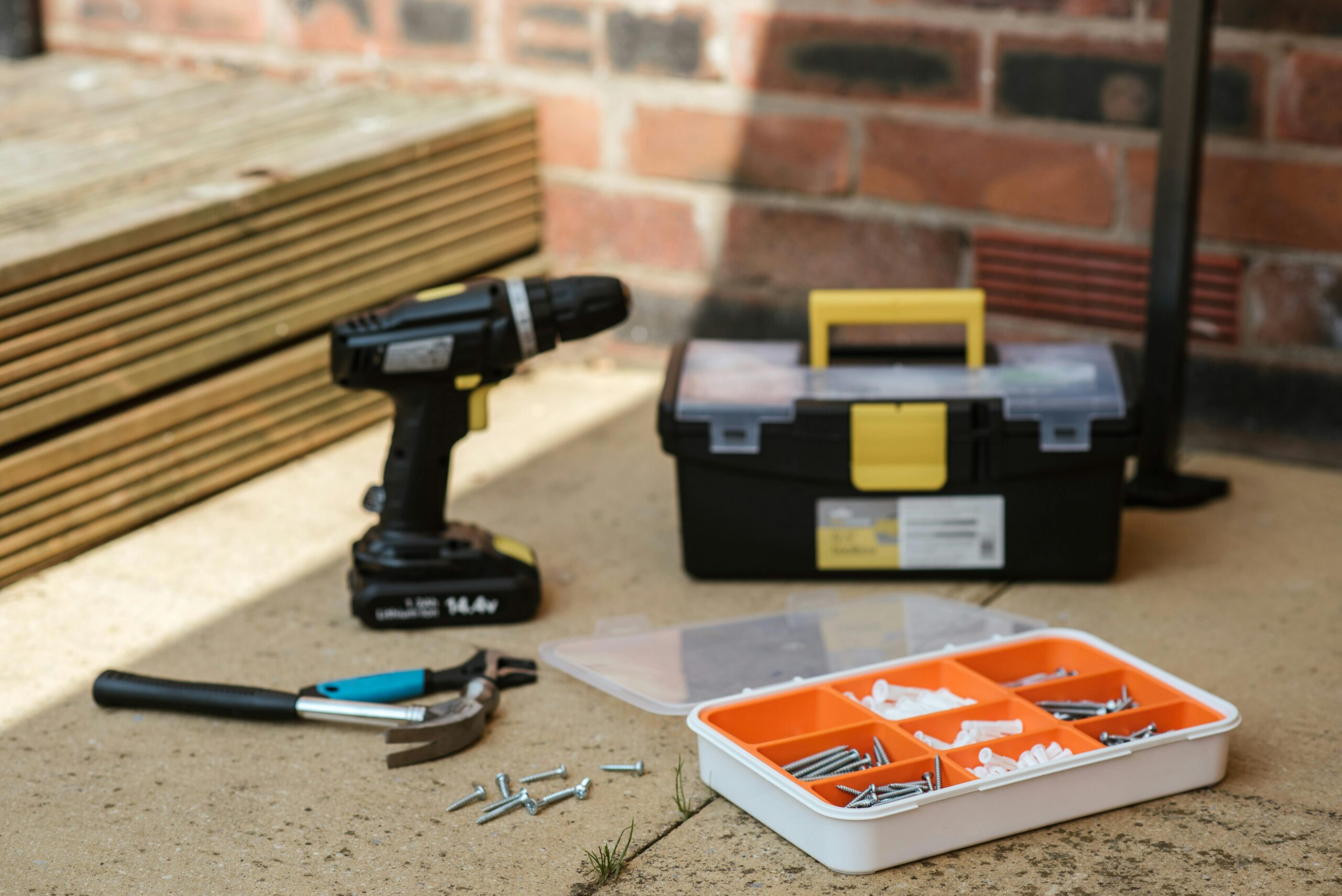
Not all spill prevention strategies are created equal. Let these pro tips guide you:
- Invest in Quality Kits: Stock up on high-quality spill kits designed for your specific needs.
- Label Everything: Clearly mark hazardous materials so everyone stays informed.
- Review Insurance Coverage: Ensure pollution insurance aligns with protocol standards.
- Avoid Overconfidence: Assuming “I’ve got this” without preparation is asking for trouble.
One terrible tip? Using household cleaning supplies instead of proper spill management tools. It’s cheap, sure—but it’s also dangerously ineffective. Seriously, don’t do it.
Real-World Examples That Worked
Take inspiration from companies that nailed their spill prevention game:
Case Study: Oil Refinery Saves Millions Through Proactive Measures
XYZ Oil deployed advanced monitoring sensors across their facility, reducing annual spill incidents by 90%. Their investment paid off within two years through lower insurance costs and improved compliance ratings.
Small Business Success Story
A local garage implemented simple yet effective spill barriers and employee training sessions. When a coolant leak occurred, swift action minimized damage and avoided any regulatory penalties.
Frequently Asked Questions About Spill Prevention Protocols
Q: Isn’t spill prevention too expensive?
Absolutely not! Consider it an investment. Without it, cleanup costs, fines, and reputational damage will far outweigh initial expenses.
Q: Do small businesses really need this?
Yes. Regulations apply regardless of size, and the impact of a spill doesn’t discriminate based on company scale.
Q: How often should I update my protocols?
At least once a year—or whenever there’s significant change in operations.
Conclusion
Spill prevention protocols aren’t glamorous, but they’re vital for protecting both finances and futures. By understanding why they matter, taking actionable steps, learning from successes, and steering clear of shortcuts, you set yourself up for success.
To wrap it up, remember: life’s unpredictable, much like those early days trying to master Snapchat filters. But unlike social media trends, good spill prevention never goes out of style.
And now for something completely different—a haiku:
Leaks ruin rivers, Prevent them; save cash & fish. Peaceful streams return.
